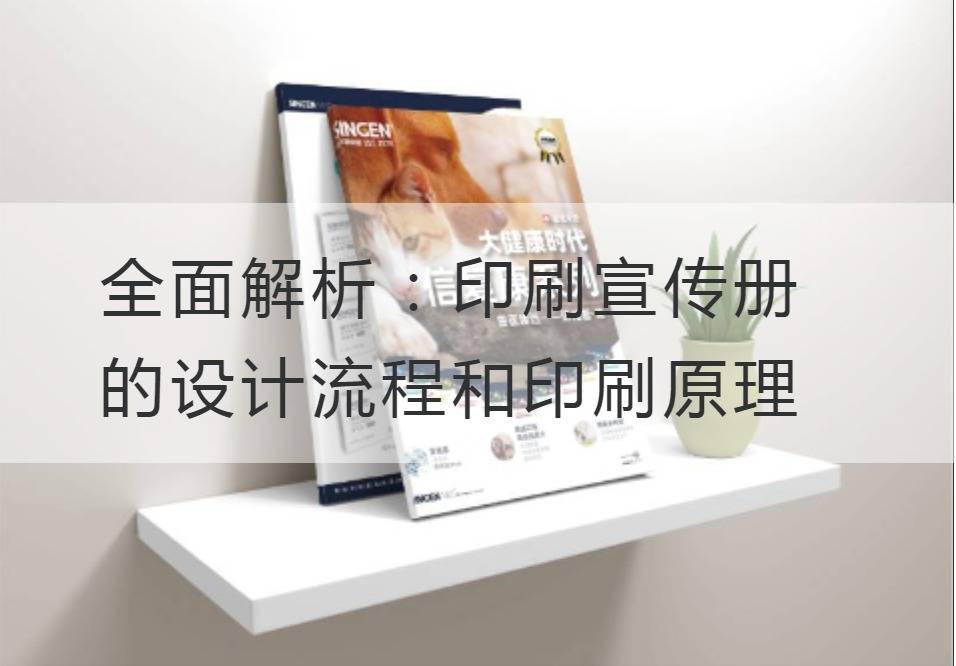Comprehensive analysis: Design Flow and Printing Principle of Printed Brochure
Brochure is a powerful tool to convey corporate image and product information, and a catalyst to build brand value. However, designing a printed brochure that appeals to potential customers is not an easy task. In this article, we will comprehensively analyze the design process and printing principle of printed brochures, so that you can design and print brochures easily.
First, let's reveal the prelude to print brochure design – the target and the audience. Just like writing a great article, designing a successful brochure requires clear goals and a deep understanding of the audience. You need to ask yourself a question: "What do I want to achieve?" Do you want to increase sales, build a brand image, or promote a new product? Then, you need to investigate the needs and preferences of your audience so you can tailor your design to their preferences.
The next step in designing a brochure is to identify a distinct theme and style. In design, innovation and differentiation are the keys to winning. You can use bold colors and gradients, clean typography and unique icons to make the brochure modern. But also be careful not to give up the message for the sake of innovation. When choosing fonts and layouts, make sure they match your audience and your brand image.

Then, let's talk about the principles of printing. After the design is complete, printing is the key part in presenting the brochure to the reader. The quality of the print has a direct impact on the reader's impression of the brochure. First, the choice of paper is crucial. Different paper has different tactile and visual effects. For example, matte paper can show a premium feel, and highlight paper can increase brightness and saturation. Secondly, the printing process should also be carefully selected. Common printing processes are offset printing, relief, gravure, and so on. Different processes affect the detail of the image and the expressiveness of the color.
In addition, the designer should take into account the preparation and output of printed documents. Different printers require different file formats and parameters, such as resolution, color mode, bleeding lines, etc. During document preparation, the designer shall ensure the clarity and accuracy of images and text, and shall follow the printer's requirements for output.
After all the preparatory work is done, the printed brochure is finally ready to appear! But don't forget that quality control is essential during the printing process. Any defects in the print may affect the visual quality and quality of the entire brochure. Therefore, designers need to carry out fine checks and maintain close communication with the printer to ensure that the printed brochures are of high quality.
To sum up, design an eye-catchingPrinted BrochureIt takes a series of steps and understanding. Understanding the target and audience, defining the theme and style, understanding the principles of printing, and carefully preparing documents and quality control are essential skills and knowledge for designers. Now that you've mastered these tricks, I'm sure you can design an impressive printed brochure! Go show your ideas!
Recommended Reading:



